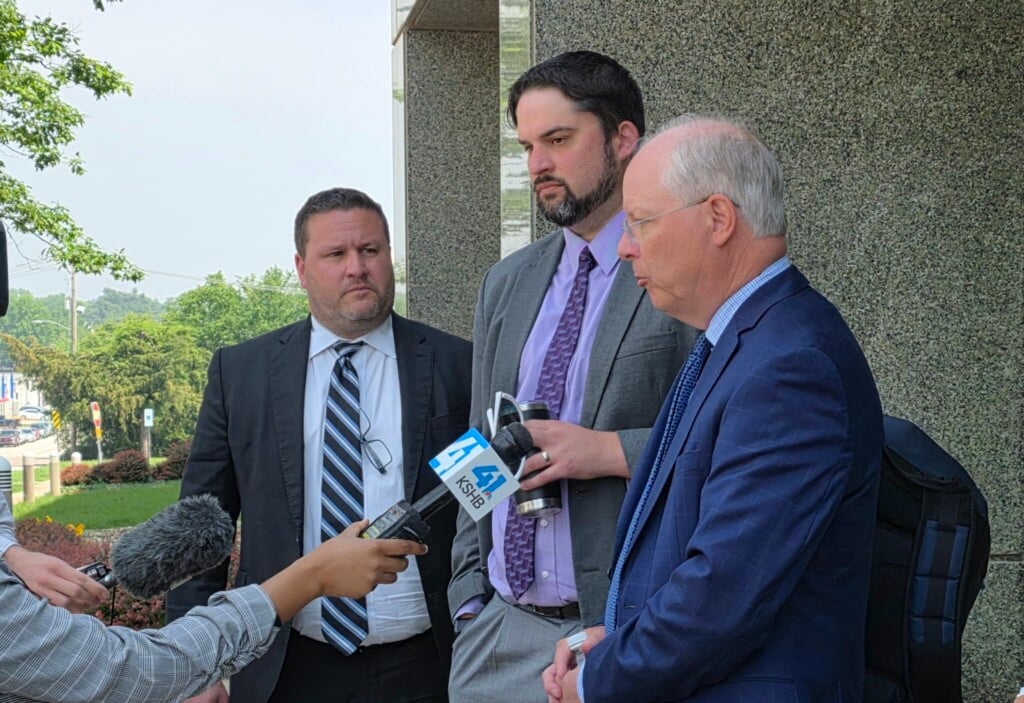Saving Grace

The Reverend Sharon Garfield points to holes in the ceiling of an upstairs room in her church, where sunlight streams through. Then she moves to another room, and she points to rotted-out walls.
By the time she reaches the end of her tour of Grace United Church, Garfield assesses the full damage caused by years of decay and unforgiving furry creatures: “Between the roof leaks and the raccoons,” she says, “we’re down to operating most of our programs out of five or six rooms.”
That might have sufficed back in 1990, when Garfield took over the pulpit at Grace United. The church, located at Eighth and Benton Boulevard in northeast Kansas City, had dwindled to a feeble congregation of seventeen. But under Garfield’s leadership, the church has grown considerably, with approximately 150 parishioners coming to church on Sundays and as many as 2,500 people utilizing its community programs each month.
Built in 1907, the church opened as Grace Presbyterian and reached its pinnacle in the 1950s with a congregation of 900. But as middle-class parishioners moved to suburbs, the congregation shrank. In 1974, Grace Presbyterian merged with the Independence Avenue United Methodist Church. Still, the congregation at Grace United, as the church eventually became known, continued to decline until Garfield took over.
From the start, she made it a top priority to reconnect Grace United with its neighboring multicultural community. Church leaders began offering two worship services, one in English, the other in Spanish. They established educational and mentoring programs, such as the Peace Making Academy for children. They opened a food pantry.
With the changes came new congregants and national acclaim. In 1998, Grace United was featured in the book Urban Churches, Vital Signs: Beyond Charity Toward Justice. In February 2001, Grace United was hailed as one of 300 “excellent Protestant congregations” by a North Carolina researcher. The latest honor came last month, when Philadelphia-based Partners for Sacred Structures named Grace United to its first annual “Ten Places to Save” list.
The recognition is bittersweet.
It means that Grace United is worthy of preservation, but church leaders need financial help to renovate without sacrificing community programs. “If we had to make choices in the past, we always made the choice to keep the ministries for the people,” she says. “Almost to the point of it being frightening.”
Rooms built decades ago as part of an addition are in the worst condition, with damage to ceilings and walls worsening whenever rain falls; virtually all of Grace United’s second floor has been shut down. The church needs electrical and heating work and window repair in the main sanctuary.
And that’s to say nothing of controlling the raccoons, which have damaged the church’s heating system and torn into furniture.
Last year, Garfield found a guardian angel in Elmer Denis of Friends of Sacred Structures, a local group that offers technical resources to congregations. Denis has been able to procure professional plans for Grace United’s renovations, but the church faces a $200,000 price tag to move forward. “There’s a need here to find [outside] financial resources to sustain their programs,” Denis says.
Partners for Sacred Places hopes its “Top Ten Places to Save” list might help. According to director of communications Kalyani Broderick Glass, the national preservation group aimed to draw on President Bush’s push for “faith-based initiatives.”
“That made us think that we could spotlight what Partners for Sacred Places does,” she says.
Garfield says she’s pleased the group selected her congregation based on its positive role in the community.
“To me, it’s an honor,” she adds. “But I wish it wasn’t because our building is falling down.”




